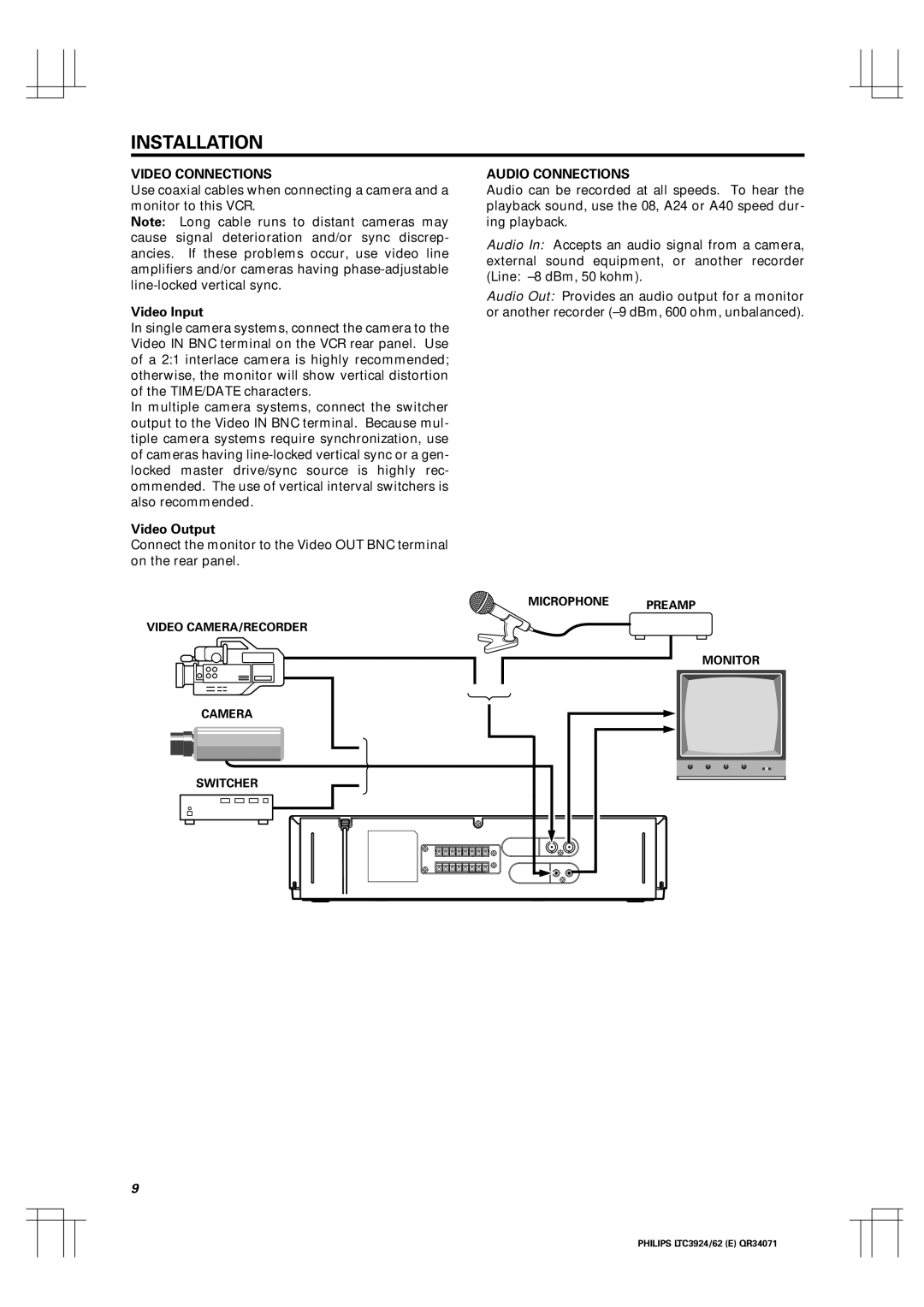LTC 3924, LTC 3962 specifications
Philips LTC 3962 and LTC 3924 are two prominent LED drivers designed to enhance lighting efficiency and performance in various applications. These devices stand out for their innovative technology and key features, making them ideal choices for both residential and commercial lighting solutions.The Philips LTC 3962 is a high-performance LED driver that offers a wide input voltage range, catering to various lighting designs. It supports constant current output, ensuring stable lighting performance over time and aiding in superior color consistency across LED arrays. With its compact design, the LTC 3962 is well-suited for applications requiring space-efficient solutions. Notably, it features built-in thermal protection and supports dimming options, allowing users to adjust brightness levels according to their preferences and energy-saving needs.
On the other hand, the Philips LTC 3924 is designed for higher power applications, enabling it to drive larger LED arrays effectively. It boasts advanced power management technologies, which enhance energy efficiency by minimizing losses during operation. The LTC 3924 supports dimmable LED drivers, while its robust architecture accommodates a wide variety of LED types, ensuring flexibility for design engineers. One of the standout characteristics of the LTC 3924 is its ability to interface seamlessly with smart lighting systems, paving the way for enhanced connectivity and control.
Both the LTC 3962 and LTC 3924 integrate advanced features such as over-voltage, under-voltage, and over-current protection, ensuring reliable performance in varying conditions. They also come with built-in diagnostic features, which allow for easy troubleshooting and maintenance, thus extending the lifespan of the LED lighting systems they power.
In summary, Philips LTC 3962 and LTC 3924 are exceptional LED drivers, engineered with innovative technologies and features that cater to the evolving needs of modern lighting. Their emphasis on efficiency, flexibility, and reliability makes them ideal candidates for a wide range of applications, ensuring optimal performance in any setting. Whether for smart homes, commercial spaces, or industrial environments, these LED drivers represent a significant advancement in lighting technology, driving the future of energy-efficient illumination.

